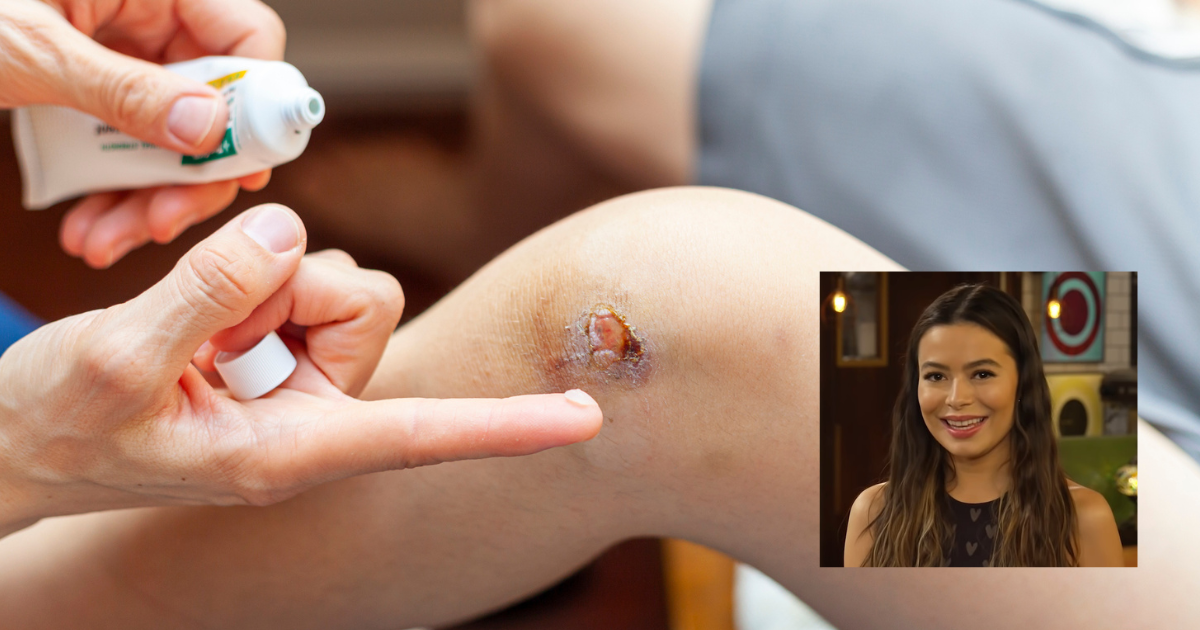I’ll never forget where I was when I first encountered pus. It was late May in 2005, one of those immaculate Los Angeles days where the whole sky burns bright. Unfortunately, I couldn’t enjoy the weather. I was too preoccupied by the red bump on my finger that was becoming warm to the touch, filling with some kind of fluid that looked like it was begging to be released.
Curious, I grabbed a piece of uncooked spaghetti from my co-star Josh Peck’s dressing room and pressed it against the bump. Immediately, a thick, yellow-white substance shot out of my finger.
“What is this strange whipped cream?” I asked. “Is it Elmer’s glue? Is it a melted tooth?”
“That’s PUS!” Josh Peck shouted. “PUS!”
As my co-star darted away from me and my leaking wound, all I could think was, what’s so bad about this stuff? What’s so bad about pus that we need to cower in fright?
As I’ll present to you over the course of this essay, there is, in fact, nothing bad about pus, besides our society’s attitude towards this truly fascinating substance.
Before I begin my larger argument, I will provide my definition of pus, which is actually the scientific acronym for “pretty unique syrup.” While other former child actors may present alternative definitions, such as Raven Symone’s theory that “pus is the body’s way of making a Boston Cream donut,” for the purpose of clarity in this essay, I’ve settled on the following: pus is a type of bodily Holy Water that comes from red bumps.
While this definition may seem purposefully obtuse, my intention is that by leaving open the parameters of what makes “pus,” well, “pus,” we’ll understand its similarities to other fluids of the body, such as urine, as well as to fluids of the natural word, such as rain, and come to see it as no different than any of these myriad liquids.
And now, a parable:
Girl-child is playing in the woods. Girl-child falls and skins her knee. Her flesh bleeds. She looks at it and laughs. Girl-child feels a tickle in the back of her throat. Girl-child coughs up yellow phlegm and spits it out. She looks at it and laughs. The large, burdensome carbuncle on Girl-child’s foot begins to leak pus. Confused, Girl-child begins to cry. She feels a dripple-dropple on her head and looks up. The tree above her is leaking sap. Girl-child looks back at her foot, which, in its own way, is leaking sap, too. Girl-child laughs. The tree laughs as well. Now drained of pus, Girl-child’s carbuncle vanishes. She smiles—without the carbuncle, she can finally return to playing indoor soccer.
If even Girl-child, an illiterate 7-year-old from an ancient parable of pus wisdom, was able to learn that pus is a harmless, natural liquid, then anyone can understand that pus is fine.
But if that’s the case, then why do many people believe that pus is not fine?
Historically, critiques about pus have ranged from the utility-focused “you can’t drink pus,” to the downright dismissive “I don’t give a rat’s for pus.” However, as I later confirmed with Nickelodeon’s on-set nurse that sunny day in 2005, pus is merely your body’s reaction to an infection. This means that by the time you’ve spotted pus, your body is trying to rid itself of bacteria. So of course you can’t drink pus. Why would you even want to?
Because I’d offer the counterpoints that pus does have utility (it alerts you to infection in the body) and therefore pus should not be dismissed (it’s necessary), I believe, then, the issue with pus lies purely in society’s attitude to it, and our socialized repetition of that attitude.
Recall that in my introductory anecdote, I exhibited initial confusion to pus followed by neutrality, but my co-star Josh Peck cowered away from it in disgust. Was Josh Peck afraid that if he had a neutral or even positive reaction to the pus that someone would have thought less of him? Was he afraid someone would’ve called him a pus freak? A squirrelly little pus-head? I cannot speak for him, but I will do so anyway: Josh Peck was merely held captive by society’s demand that we be repelled by pus.
Take for instance the turd, the batch of semen, the pile of menstruation. Our culture considers these disgusting as well, yet they are still considered much less disgusting than pus. Pus is the most disgusting substance of all, and those who see nothing wrong with pus are considered disgusting, too.
In fact, to spend your life defending pus is to make yourself a pariah. Why do you think I haven’t been cast in anything but the iCarly reboot in a decade? Because my opinions on pus have banished me to the bowels of the entertainment industry!
But who among us cannot admit that while under the cover of secrecy, they have sniffed their pus, secretly titillated by what their body had managed to create, proud of what their body had managed to expel? I’ll let that person cast the first stone.
Besides, it’s no wonder that our society is so repulsed by pus when representations of pus in media are near-exclusively terrifying (horror films) or fetishistic (YouTube pimple popping videos). While I’d love to live in a world in which we celebrate and revere pus as liquid proof your body is fighting a civil war, I instead propose a theory of pus neutrality. You don’t have to joyously run through the streets every time your body produces pus, but you don’t have to run through the streets screaming in terror, either.
I long for a society in which we treat pus as an accepted part of life, as we do with tears, sweat, and vaginal discharge, but until that day comes, I’ll be right here defending it.
And now, a riddle:
What’s natural, whitish-yellowish-greenish, and 100 percent fine?
If you don’t know by now—I just can’t help you.
EXCERPTED WITH AUTHOR’S PERMISSION FROM “YUCK: Embracing The Repulsive” BY MIRANDA COSGROVE, OUT VIA SEMIOTEXT(E), 2024.





